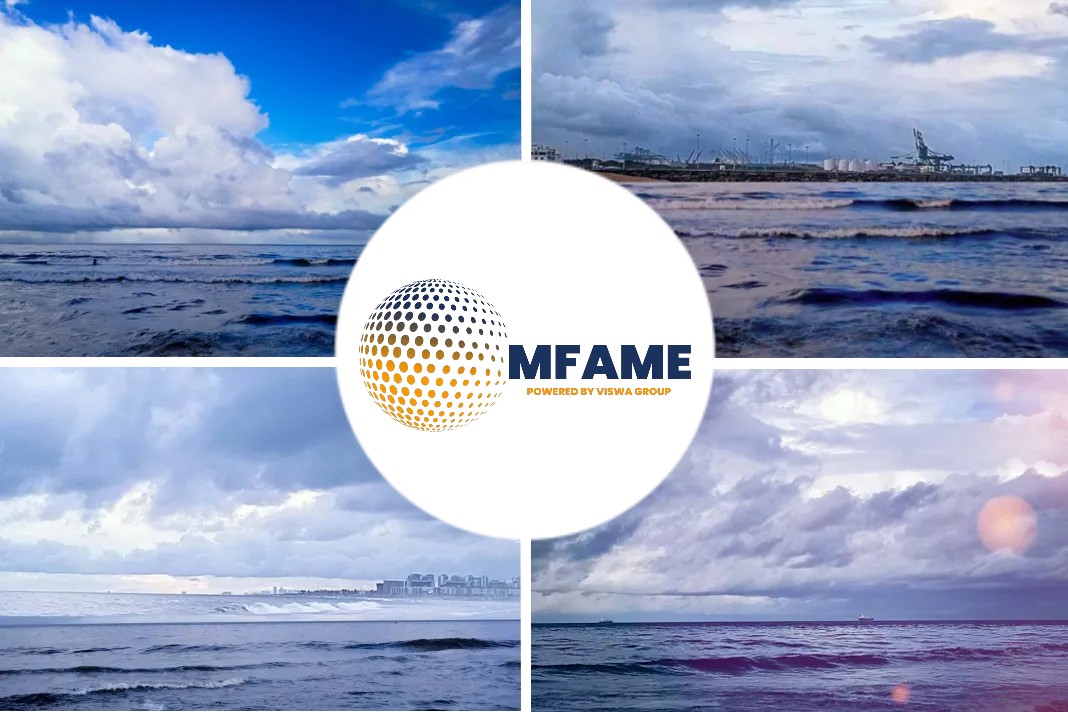- LNG as marine fuel offers a ‘good solution’
- Public-private investments, regulatory certainty, technology imperative
- Innovation key to aid abatement
A recently published Platts news source says that shipping should not wait for a silver bullet to meet decarbonization goals.
Race to decarbonization
The race to decarbonization is gathering pace, with a plethora of impending regulations presenting an opportunity to the industry to work towards a common denominator, but there is no room for complacency as more needs to be done to overcome the hurdles, industry experts said at a DNV webinar.
In 2019, only 6% of the new building orders were with alternative fuels, Cristina Saenz de Santa Maria, regional manager Southeast Asia, Pacific & India, Maritime, DNV, said Jan. 25, adding that this figure jumped to 12% in 2020.
“Now it is even higher. So hopefully, we are growing, and the growth is exponential and not linear, and we will get there,” she said.
LNG-fueled Newcastlemaxes
BHP as an organization has led the way in creating LNG-fueled Newcastlemaxes, with the first of its five 209,000 dwt bulkers set to arrive in Singapore on Feb. 7, Rashpal Bhatti, BHP vice president Maritime & Supply Chain Excellence, said.
“We know we have a fuel [LNG] that delivers 30%-40% abatement, we know that from a cost perspective we can match or beat VLFSO, yet VLFSO vessels are still being ordered,” he said.
“So that tells you from a mindset point of view, there are those people that are waiting for a silver bullet,” he said.
“Our view is that you don’t look past good to wait for perfection and LNG is the good solution that’s here today.”
Global Centre for Maritime Decarbonization
In addition to LNG, BHP, which is also a founding member of the Global Centre for Maritime Decarbonization, is exploring other fuel choices too.
“I see very clearly on our roadmap, we will have LNG vessels, we will probably have some kind of biofuels, we will probably be looking at vessels where we try ammonia, we try hydrogen,” Bhatti said.
GCMD on Jan. 26 said it was advancing with an ammonia bunkering safety study, set to commence in February and expected to take 10 to 12 months to complete.
Did you subscribe to our daily Newsletter?
It’s Free! Click here to Subscribe
Source: Platts























